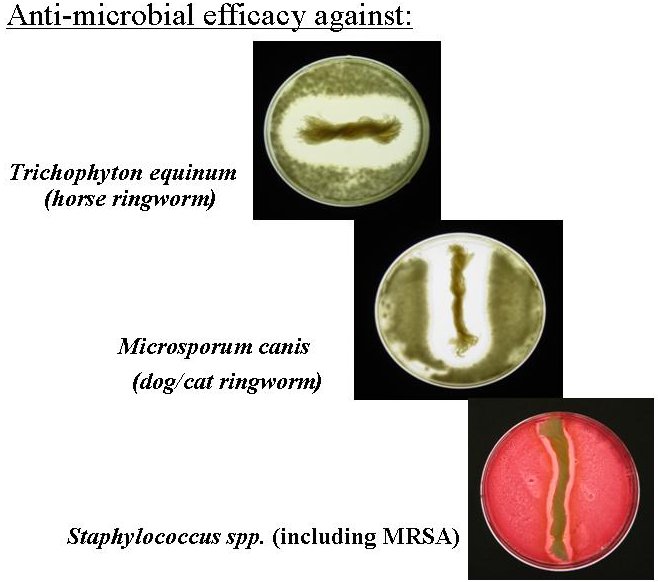| Index |
|
Avian
Influenza
|
|
|
|
Anti
- MRSA petbedding The main causes of MRSA infection in dogs are thought to be due to tranfer during surgery and by post-operative contamination. On all fronts action needs to be taken to minimise the risk of transfer of MRSA (usually from human) to dogs. These include hygiene measures before and during surgery (e.g. sterile mask and gowns) but also during post-operative care. The latter is often less controlled. The animal is no longer restraint and is able to move within a confined space. During that time the surgical wound can potentially get contaminated with MRSA, depending on the animal's own carrier status and the condition of his post-operative envirionment. To help minimise that contamination and infection risk, researchers at the University of Lincoln have tested and developed a new type of petbedding (Medibed) that will inhibit the growth of MRSA. This means that even if the animal carries the MRSA with it, the chance that is contaminates the bedding and subsequently infects the surgical wound (dog skin <=> bedding <=> surgical wound) is greatly reduced. Accidental contamination from a human source (vet, vet-nurse, owner) or other animals within the veterinary practice is also minimised. As it is difficult to provide the same level of hygiene in the post-operative area as in the operating theatre, the petbedding is considered and vital addition to the already existing hygiene regime of a veterinary practice. The image below
shows how a few fibres of the anti-microbial petbedding (medibed)
inhibits the growth of MRSA in-vitro. Due to the unique nature of
the fibre the petbedding can be washed repeatedly without losing
its anti-MRSA effectiveness (>200 washes).
For more details and other related research see also:
|
|
|



